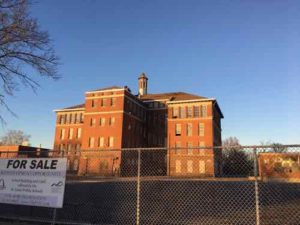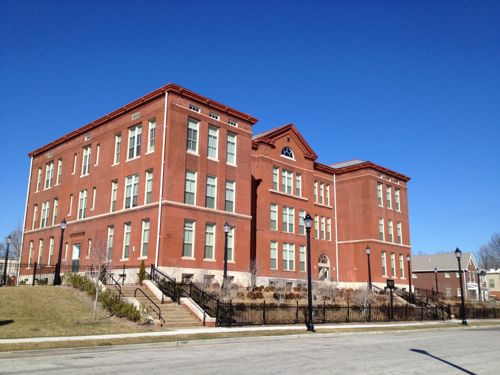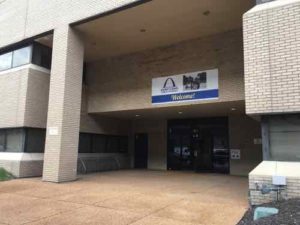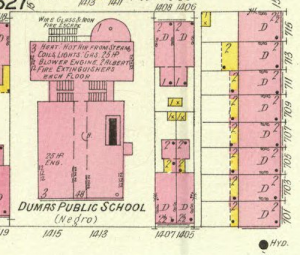April 4th General Election Ballot
The St. Louis general election is just around the corner, Tuesday April 4, 2023. Early (no excuse absentee) voting is open now. I’ve voted absentee by mail.
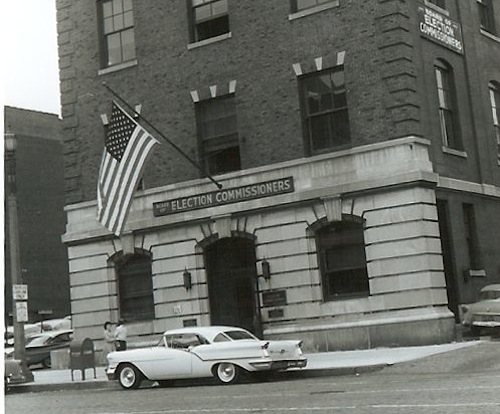
In the March 7th primary we all had the one candidate race for President of the Board of Aldermen and races for all 14 wards — the first reduction from 28. The election has those races, plus two propositions, school board, and community college trustee. You can view the sample ballot here.
I’m not going to go through the aldermanic races, you probably know those. Instead I want to draw your attention to the other races you didn’t see during the primary. First, two propositions:
PROPOSITION C CHARTER AMENDMENT
From sample ballot
Shall Article V of the City of St. Louis Charter be amended to establish a Charter 17 Commission which shall:Consist of nine registered city voters free of conflicts of
interest recommended by members of the Board of Aldermen, nominated by the Mayor of the City of St. Louis, and confirmed by the full Board of Aldermen.
Be appointed on August 15, 2023, and every ten years thereafter, or upon the certification of a petition signed by five percent of city registered voters who voted in the last general election for mayor, and discharge its duties and cease to exist within one year of its first public meeting.
Solicit public input and consult experts to consider revisions
to the City Charter, and, in accordance with the provisions of
the Missouri Constitution, submit proposed amendments to the qualified voters for approval, which amendments shall go into effect subject to a three-fifths vote in favor. YES – FOR THE PROPOSITION
NO – AGAINST THE PROPOSITION
I think it makes sense to continually look at the charter for areas to improve. If approved they could start with replacing our every other year primary & general elections with a single ranked-choice/instant runoff election for races with 3+ candidates.
The other proposition on the ballot is related to Missouri’s new adult-use recreational cannabis sales — specifically a local tax.
PROPOSITION
From sample ballot
(Additional Sales Tax on Retail Sale of Adult Use Marijuana)
Shall the City of St. Louis impose an additional sales tax of three percent (3 percent) on the retail sale of adult use non- medical marijuana?
YES – FOR THE PROPOSITION
NO – AGAINST THE PROPOSITION
Again, I voted yes because 3% is a small amount and it’ll help pay for local municipal services. This tax isn’t applicable to those of us with medical cannabis cards.
Lastly there’s three candidates for two 4-year terms on the St. Louis Board of Education and two candidates for one 6-year term as a trustee of the St. Louis Community College. Voters in DeBaliviere Place are also voting on a special taxing district.
For more information on this election and early/absentee voting see the Board of Elections. Another great source is Ballotpedia.
— Steve
————————————————————————
St. Louis urban planning, policy, and politics @ UrbanReviewSTL since October 31, 2004. For additional content please consider following on Facebook, Instagram, Mastodon, and/or Twitter.
